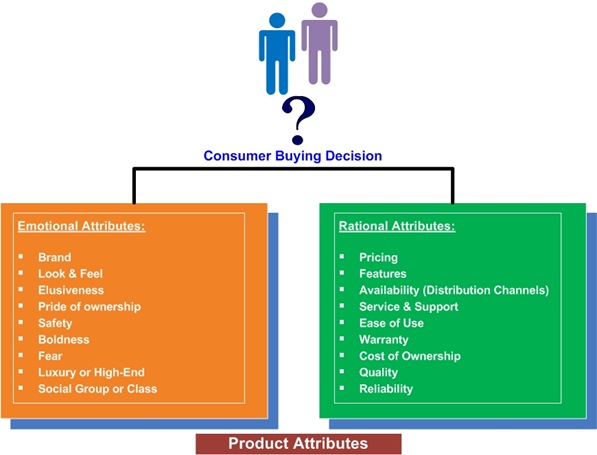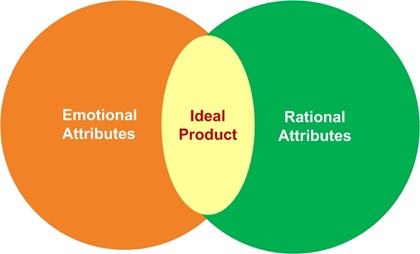Every successful product should have a Marketing Requirements Document (MRD)and a Product Requirements Document (PRD) that together define the overall purpose, scope and goals for the product and its stakeholders – the firm, its end customers and its shareholders.
Product Management: Achilles’ heel
Very few companies, champion internal processes or a work culture where product management is given the importance it deserves. Product Management often gains prominence when the product has been commoditized or when the industry is maturing (decline). The exception to the rule are medical device and biotechnology firms where regulatory requirements demand thorough book keeping.
In some firms a member of the marketing or engineering team helms the role of Product Management; such a role is replete with managerial hubris.
A good Product Management practice necessitates that the function of Marketing, Product Management, Engineering, Finance and Operations be distinct and separate, to avoid conflicts of interest and managerial bias (Group-Think, Self-Selection, Sunk-Costs, Representativeness, Availability, Risk-averse, Risk-seeking).
Marketing Requirements Document (MRD)
In my view the marketing team, in cohorts with strategic planning, defines the overall skeleton for the MRD (Marketing Requirements Document). In some firms this role is delegated to the office of New Product Planning and Innovation.
A good MRD is one that encompasses a well-defined market (market segments), outlines the revenue and profitability goals and defines the Go-To market strategy to make the product successful.
Product Managers should never own or be tasked with defining the MRD for two reasons.
- First, an inherent conflict of interest and self-selection bias will drive most PM’s into solidifying their role in the company.
- Second, the sole purpose of a MRD is to enact a system of checks and balances to review the overall performance, profitability and viability for the product or business.
Product Requirements Document (PRD)
A Product Manager uses the MRD as a blueprint to conceive the mind, body and soul for the Product.
PRD: Where do I start?
It is my firm belief that a PRD should be customer centric and not engineering driven.
If the product in question is backed by a revolutionary new idea, then ethnographic studies and focus groups are vital in shaping the PRD.
If the nature of the innovation is incremental then a treasure pile of correspondence between and among market participants (internal and external) is where you should start. If possible, immerse yourself into learning about the customer by joining the sales and marketing team on field visits.
A new product must justify its place in the marketplace. A comprehensive market review and competitive analysis that includes features, price, channels and promotion must be undertaken. In fact, I recommend every Product Manager to do this when he or she assumes a new position.
The use of multidimensional scaling and conjoint analysis are indispensable tools both when conceiving new offerings or streamlining existing products.
Functional Performance, Acquisition Cost, Ease-of-Use, Operating Cost, Reliability, Serviceability and Compatibility should dictate technology choices and the overall scope, form and shape of the product.
Recognizing your Stakeholders
Any successful product requires teamwork and the ability to bring together people towards a common goal. Inherent in any organization are power dynamics that come into play that need to be handled with tact and diplomacy.
A Product Manager will face various stakeholders, with conflicting goals, as the product moves from conception to commercialization.
- The finance team which green lights the project, approves development costs, allocates resources and evaluates profitability goals (upon release).
- The R&D, engineering and supply chain teams that work diligently to bring the product to life.
- The legal department in drafting-reviewing contracts and licensing terms with partners, vendors and suppliers.
- The regulatory and certification bodies who confer product safety and grant market approval prior to launch.
- The marketing, sales and support team who will promote, deliver and support the product as it gets adopted by customers.
- The corporate and strategic planning team who evaluate business performance and manage shareholder value.
Product Manager: A Lone Ranger
A PM is akin to a lone ranger fighting for the glory of his (her) product.
The ultimate responsibility for ensuring that the PRD and MRD converge; deliver value to the firm and its investors falls on the Product Manager.
The traits that I personally advocate a great Product Manager to possess are empathy, curiosity, humility, attention to detail, entrepreneurial, embrace uncertainty, foresighted and data driven.
Keep the Innovation Running, it’s the lifeblood that fuels humanity.


